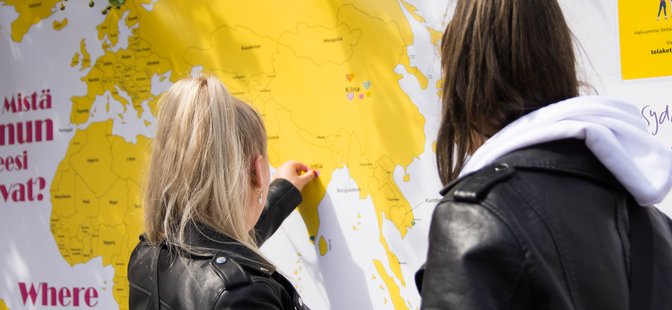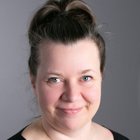
Telaketju 2 - Business from circular economy of textiles
Telaketju 2 project aims for building business from circular economy of textiles. Scope of the project includes novel circular economy business models aiming for better material efficiency and increase material and product life, as well as business related to textile recycling. Telaketju 2 project compose of 5 company projects and parallel public research project carried out by VTT Technical Centre of Finland Ltd., Turku and Lahti Universities of Applied Sciences, and funded by Business Finland and 21 companies and other organizations.
Project activities:
- We aim to build and strengthen circular ecosystem of textiles by networking both nationally and internationally.
- Novel circular business models will be studied and developed, and companies are provided with tools communicating about circular solutions within their value chain.
- Regarding products and materials, we will review effect of product design on material and products life span and recyclability, integrated product information in circular economy, as well as bio-based solutions for textiles.
- We develop concept for textile collecting and pre-sorting, textile identifying and sorting systems, and generate classification of recycled textile materials. Environmental, social and economical sustainability are promoted in our project.
- Participants of project represent various stakeholders in circular economy, which enables us to make fast experiments with novel business models, as well as demonstrate processes and products thus modelling future recycling value chains.
- Consumers needs to be involved in circular economy of textiles and therefore we study consumer attitudes and direct communication activities to common public.
- We aim to increase business opportunities also by supporting ecosystem building as well as review of scalability and export potential of results and further development and research needs.
